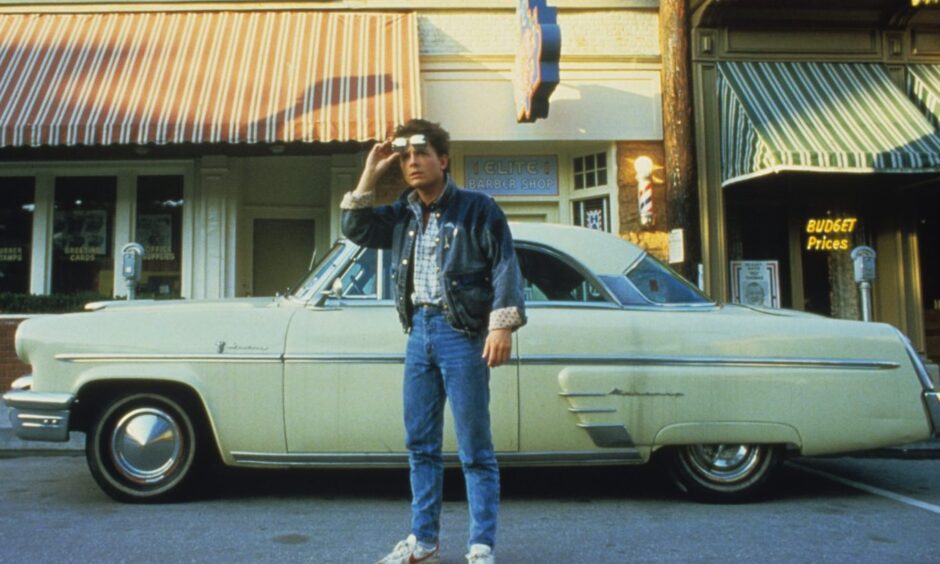
Great Scott!
Jump in the DeLorean and time-travel back to the future with a new exhibition in the Lamb Gallery at the University of Dundee.
The exhibition takes visitors back to the 1950s like the classic 1985 movie which delighted audiences with the adventures of Doc Brown and Marty McFly.
It was an era of exciting new developments in art, design, science and medicine.
The exhibition, entitled Back to the Future, draws on a wide range of objects and artworks from the University of Dundee Museum Collections.
Curator Matthew Jarron said: “The 1950s was an era of innovation in many fields of science and design, including here in Dundee.
“The exhibition includes bold new designs for furniture and textiles, striking and colourful artworks and cutting-edge scientific equipment and medical breakthroughs.
“What’s fascinating about this period is the way that innovations in science, technology, art and design all go hand in hand.
“New designs for scientific models and diagrams show the same bold colours and elegant style as modern textiles, furniture or abstract art. Particularly as a result of the Festival of Britain in 1951, science inspired art and vice versa.”
What are some of the objects on display?
Brunsviga 16 calculator (1955)
The German firm Brunsviga were the world’s leading maker of calculators.
In 1955 they introduced this sleek and stylish new design.
Brunsviga was the brand name of a popular series of calculating machines produced by the German manufacturer Grimme, Natalis and Co from the 1890s onwards.
The company merged with Olympia in 1959 but Brunsviga name continued to be used.
Teaching chart – The Cell (1950)
Between 1947 and 1963, Paul Sougy, a curator at the Museum of Natural Sciences in Orléans, was commissioned by the estate of the pioneering 18th-century French naturalist and anatomist Jerome Auzoux.
Matthew said: “He was to create a series of scientific illustrations to be used in textbooks, workbooks, transparencies, and large-scale educational charts for classroom walls, to help teach biology and physiology in schools and universities.
“Rejecting the usual, highly realistic style of biological illustration, he instead opted for simple designs with a bold and colourful graphic style that anticipated many other areas of 1950s design.”
Sougy is commemorated with a road in his hometown of Orleans and a vast collection of his artwork at Artois University’s library.
Tulip chair (1956)
Matthew said: “Finnish designer Saarinen revolutionised chair design with this series which sought to get rid of what he called the ‘slum of legs’.
“He originally hoped to create the entire form using a single piece of vacuum-formed plastic but to give the base sufficient strength it had to be made from a separate piece of aluminium.”
The chair’s futuristic look led to it (or designs based on it) being used in various science fiction films and TV programmes such as Star Trek, Doctor Who, A Clockwork Orange and Casino Royale.
Tube of Distaval (1958)
Matthew said: “Not every scientific innovation of the 1950s was successful and one in particular would have catastrophic consequences.
“Distaval was the UK brand name for a drug better known as Thalidomide.
“It was developed in West Germany as a sedative but was also used to treat morning sickness in pregnant women.
“From 1956 it was available in Germany without prescription and was launched in the UK in 1958, with the claim that it ‘can be given with complete safety to pregnant women’.
“However, in the 1950s, scientists were not aware that the effects of a drug could be passed through the placental barrier and harm a foetus in the womb.
“It took five years for the impact of Thalidomide to be realised – limbs, brains and other internal organs, eyesight and hearing could all be affected.”
The company withdrew the drug in 1961 though it continued to be sold in the UK until 1962.
In the six years that this drug was available to pregnant women, it’s estimated that over 10,000 babies were affected worldwide.
Map from the Tay Valley Plan (1950)
From Hill Valley to Tay Valley next.
Following the Town and Country Planning (Scotland) Act 1947, a Regional Planning Advisory Committee for East Central Scotland commissioned a detailed report into possible future planning for Tayside.
The striking cover and maps which are on display were designed by John Greensmith, who taught Graphic Design at Dundee College of Art (now Duncan of Jordanstone).
Ian Burke was the chief assistant to Gordon Payne and was placed in charge of preparation of the Tay Valley Plan, which was published in 1950.
Among the many notable developments that Mr Burke was responsible for was the Overgate central redevelopment scheme in Dundee.
Horsehair folder (1951)
The horsehair folder with plastic thread design was made by G Scott from the Bournville School of Arts & Crafts in 1951.
Matthew said: “The Needlework Development Scheme had been founded in 1934 by the four Scottish Art Colleges as a way of improving the standard of stitched textiles.
“Researchers travelled across Europe collecting examples of traditional and modern designs.
“The war put a temporary stop to the scheme but it was resurrected in the late 1940s with the V&A Museum as a partner.
“Many innovative new designs were acquired in the 1950s, including this example.”
Boy at Kitchen Sink (1953)
In 1950 Alberto Morrocco came to Dundee to take over the School of Drawing and Painting at Dundee College of Art (now Duncan of Jordanstone).
Matthew said: “Despite the cramped studio accommodation in Bell Street, he quickly transformed the school, encouraging a bolder, more expressive painting style.
“Many successful painters would graduate from the college during the 1950s, including Dennis Buchan, Richard Hunter and William Littlejohn.
“One of the most progressive was Douglas Swan from Carnoustie.”
He graduated in 1952 and painted Boy at Kitchen Sink in 1953.
In the late 1960s Swan moved to Switzerland with his wife Barbara and established himself as an important abstract painter.
After his first exhibition in Germany, in Bochum, the couple decided to move to the country, settling in Bonn, at first in Mozart, and then in Göbenstrasse.
Despite his continental focus, throughout his life, Swan would often return to his parental home near Arbroath to continue to work and draw inspiration.
Swan died in Bonn in June 2000 in a road accident.
His works are held in public collections in the UK, Brazil, Germany, Switzerland and the Netherlands.
The Back to the Future exhibition runs at the University of Dundee from Monday to Saturday until February 3 2024.
The building will be closed from December 23 to January 2.
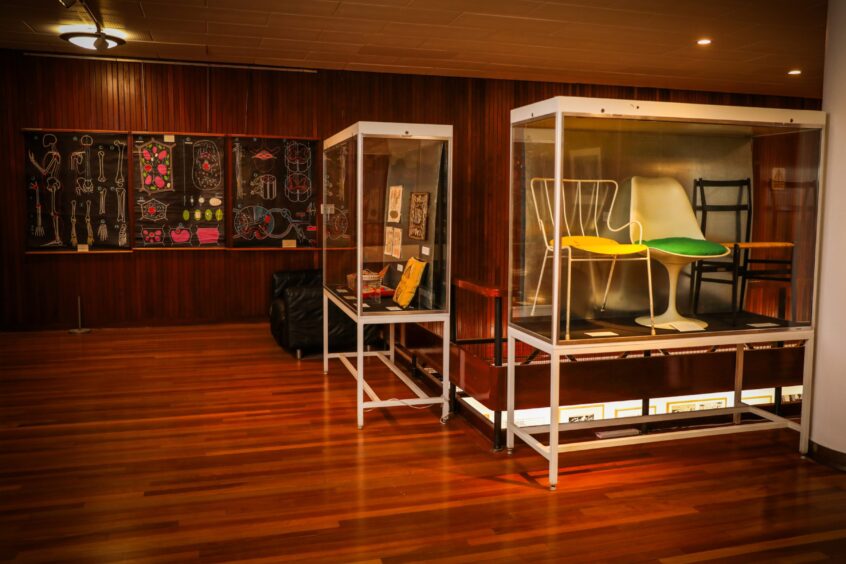
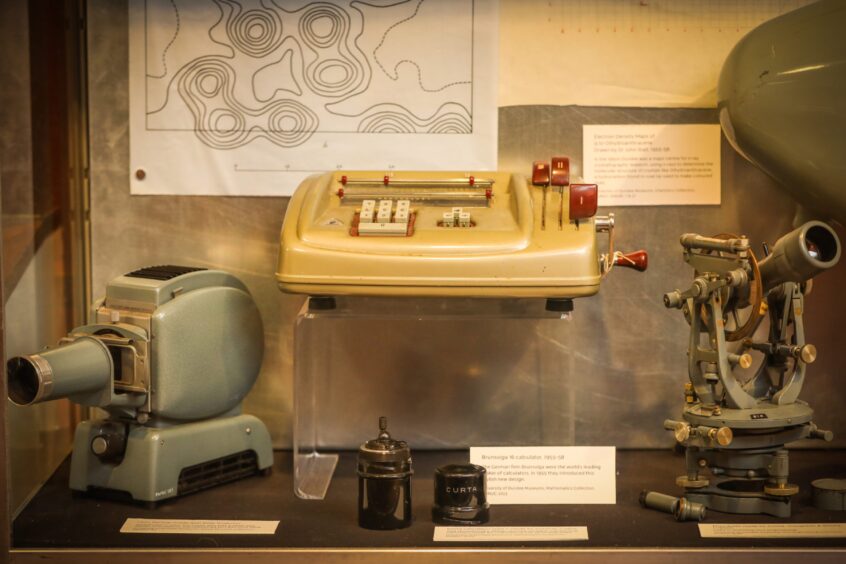
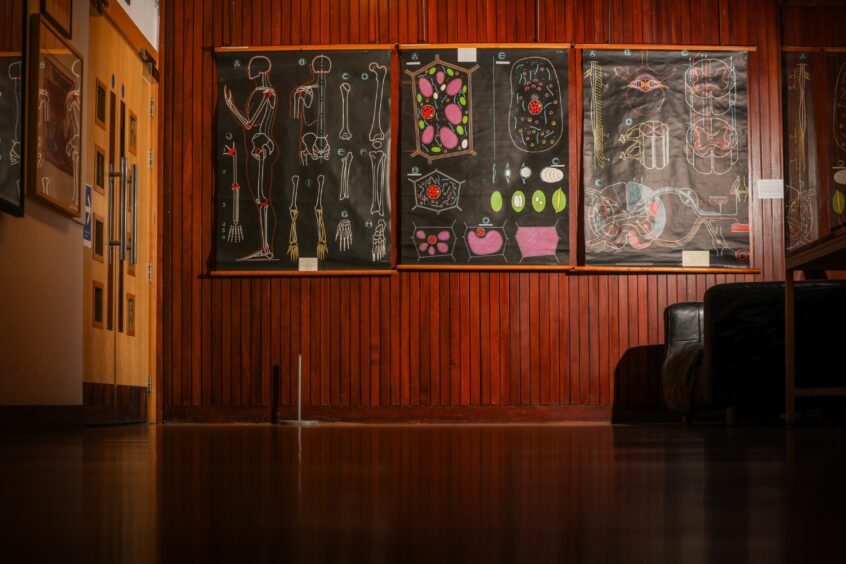
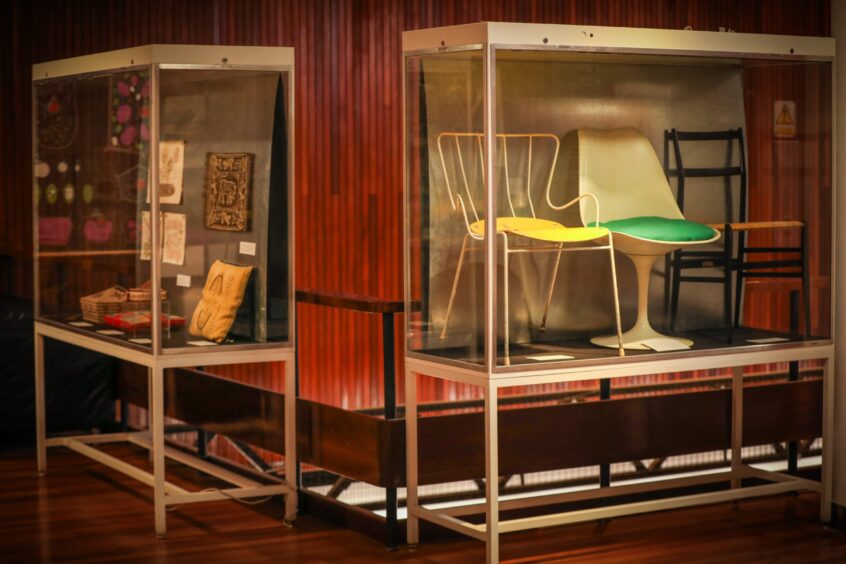
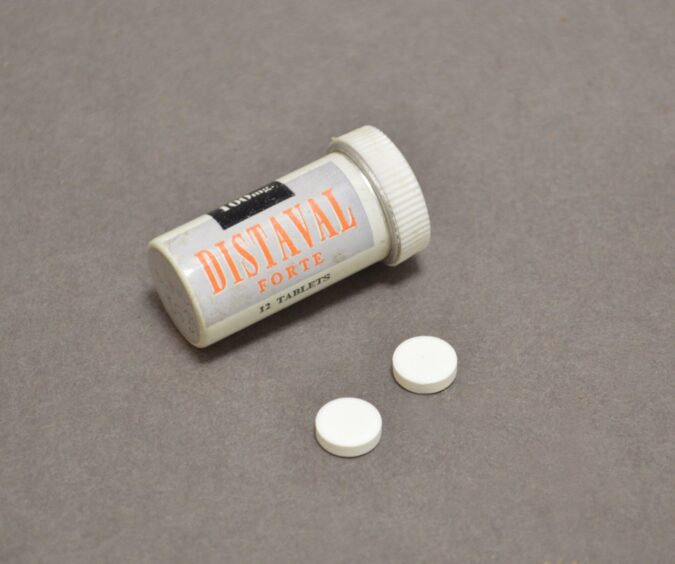
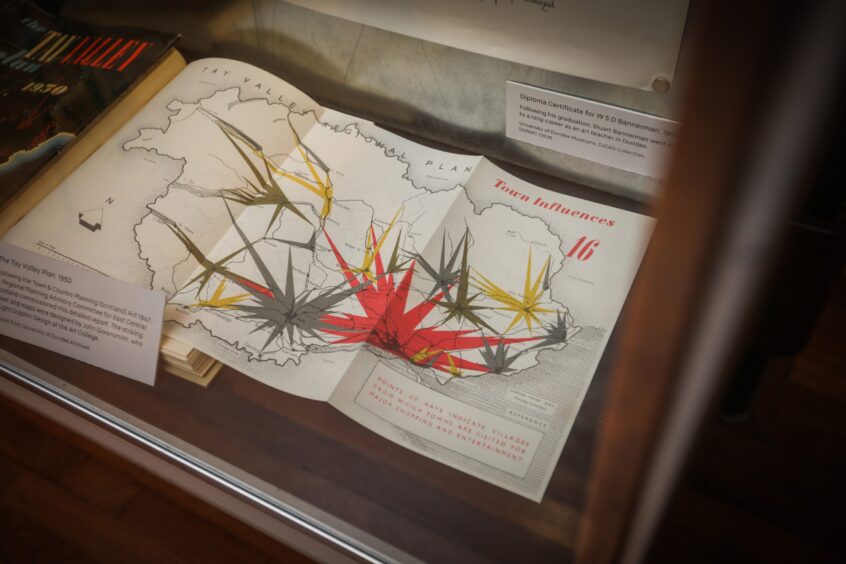
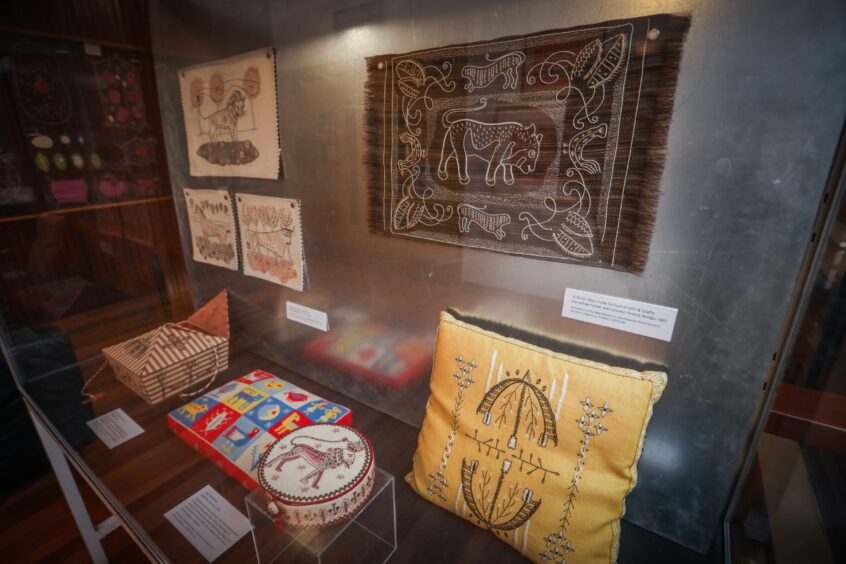

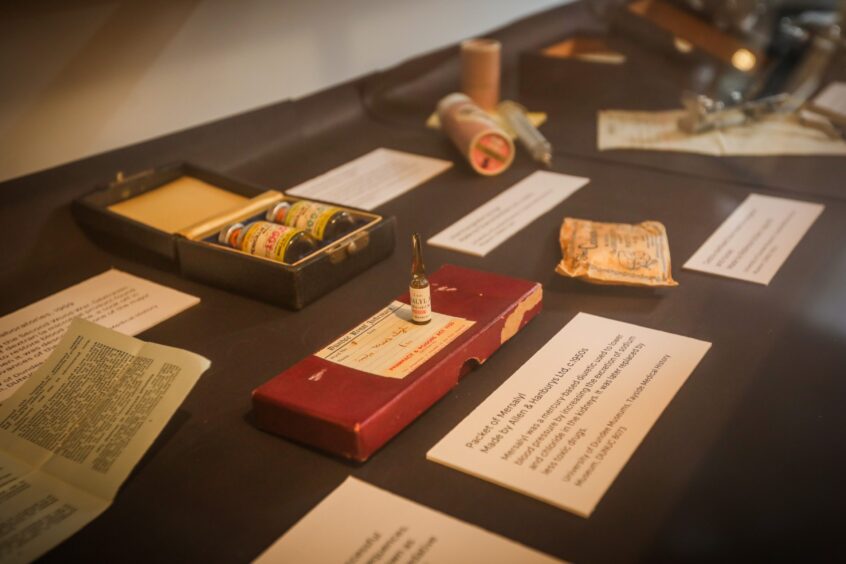
Conversation